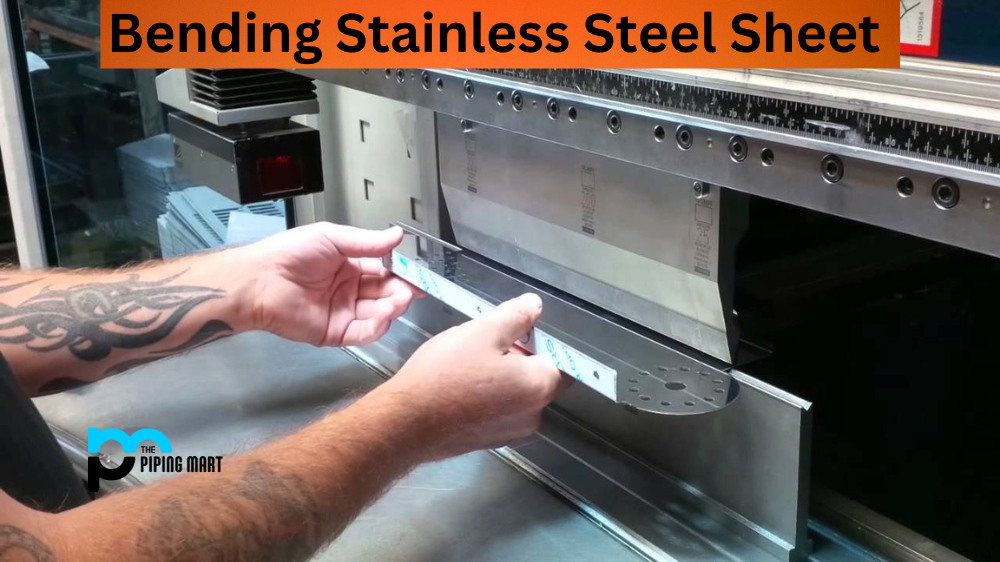Copper has been used in wiring and circuitry since the 18th century. Its low cost, malleability, and great electrical conductivity make it an ideal material for a variety of uses. But did you know that copper wire also has resistivity? Here’s what you need to know about the resistivity of copper wire and how it affects your electrical circuits.
What is Resistivity?
Resistivity is a measure of how easily electricity can flow through a material. The lower the resistivity, the more easily electricity can flow through it; conversely, higher resistivities mean that electricity will be impeded by the material. This makes understanding resistivity important for anyone using electrical components such as wires or cables in their circuit designs.
Copper Wire Resistivity
The resistivity of copper is relatively low, making it ideal for many electrical applications. Generally speaking, resistivity of copper wire formula is 1.62×10−8ohm−metre. at room temperature (20°C). This value increases slightly as temperature increases, but not enough to have any significant effect on most applications. In comparison with other commonly used materials in electronics, such as aluminum or gold, copper is still the most effective choice due to its low resistance and high conductance properties relative to its cost.
The resistivity of copper wire is a physical property of the material that can be used to determine the electrical resistance of the wire. It is expressed in ohms per meter and is shared by all types of copper wire regardless of its shape or size. The resistivity of copper wire depends on its purity, temperature and frequency of the current it is carrying. Increasing the purity, reducing the temperature, or increasing the frequency of the current will all increase its resistivity.
Applications of Copper Wire
Because copper wire has such a low resistivity compared to other materials, it is often used in wiring applications where signal quality needs to be maximized with minimal loss. Examples include data transmission lines, power cables, signal cables, and antenna wires – all benefit from having low resistance values, which allows them to transmit signals without interference or attenuation from external sources like long distances and environmental factors like moisture or temperature changes. Additionally, because copper can withstand temperatures up to 600 degrees Celsius without losing its properties, it is also commonly used in heat sinks or soldering applications.
Conclusion:
The low resistance values of copper make it an ideal material for use in many electronics projects due to its high conductance and minimal losses when transmitting signals over long distances or under different environmental conditions. With this knowledge under your belt, you are now better equipped to understand why so many devices rely on copper wire for their operation! If you plan on designing your own electronic circuits or components, then understanding the basics of resistivity should definitely be on your list – after all, getting your project right starts with understanding what materials work best, given the task at hand!

A passionate metal industry expert and blogger. With over 5 years of experience in the field, Palak brings a wealth of knowledge and insight to her writing. Whether discussing the latest trends in the metal industry or sharing tips, she is dedicated to helping others succeed in the metal industry.




